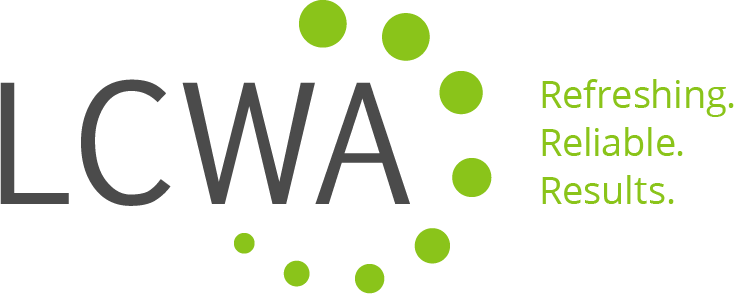September 18, 2018
The lines between forms of communication are blurring, and design technology is more accessible than ever with programs like Canva and Photoshop. Consequently, PR and marketing professionals are finding design to become an increasingly necessary skill. Recently, members of our Chicago PR team attended a workshop held by the American Marketing Association which highlighted a few high-level design concepts.
Looking for a design refresher? Here are a few thoughts on design gleaned from the workshop that you can use in everything from digital ads to Facebook posts:
- You’re Just My Type – The words you write can communicate more than what they say. For example, do you get a different feeling from the Coca-Cola logo than from the FedEx logo? The classic script from Coca-Cola echoes the company’s heritage, while the bold, sturdy FedEx type (along with the hidden arrow – if you don’t know what I mean, check it out) shows reliability. Pick the typeface (a family such as Arial) and font (an individual such as Arial Bold Italic) to enhance the visual story you are telling. Pro tip: Less is always more. Two fonts, three at most. And every time you use Comic Sans on anything that is not a comic strip, a designer weeps.
- Showing Your True Colors – Why is a smiley face yellow but an angry face is red? Color psychology details the subconscious connections we all have between colors and our lives. Not only can choosing the right color tell your story, but it can also add new meaning to that color by connecting it with your brand. Without thinking about it, viewers can see your materials and identify the content with your brand based on the visual cues alone. To keep the Coke example going—Coca-Cola has their shade of red trademarked (Known as KU Crimson #F40009).
- Take Your Pix – Its not only what you share, but how you share it. Bitmap images are made of pixels and commonly see in digital photos, while vector images are composed of shapes and lines allowing them to be scaled up to any size. When working with bitmap images (as they are more common) make sure to only scale within the limits of your desired output—a.k.a. if you are looking to print, make sure you have at least 300 pixels per square inch, or 72 ppi for digital.
Armed with this newfound design knowledge, go forth and create.

